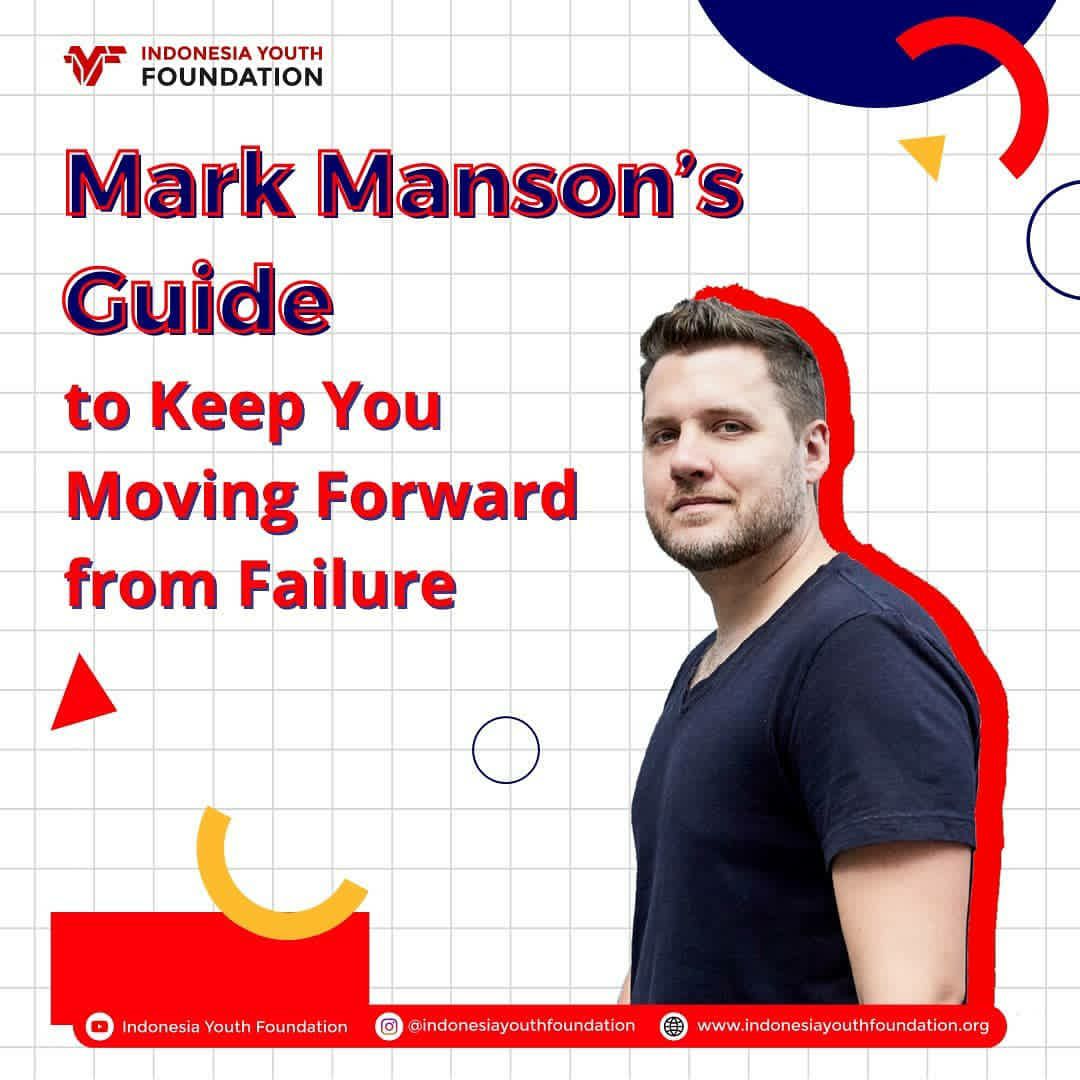Avoiding failure is something that we somehow learned by default during our growth time. Society probably played a big role in this, where failure is defined as the finish line where you don’t get what you expected to get. And that’s it – the finish line. As if you don’t get anything or options after that. But deep down, you know that’s not quite true.
Mark Manson is an author of New York Times’ bestselling book: The Subtle Art of Not Giving a F*CK, where he wrote his ideas of, and I quote, “a counterintuitive approach to living a good life”. In which he wrote a chapter about how failure keeps us moving forward.
“Failure itself is a relative concept,” he wrote. The concept of it depends on how we measure the metric of our success/failure. The higher or complicated your metric is, the more often you found yourself trapped in your own idea of failure. Below are three concepts we can learn from that chapter of his book.
The paradox of success and failure
As he wrote before, the fear of failure itself comes when you chose the wrong value or metric to measure your goals. The wrong value is often involving something outside of our control. How can we reach our goals if the value we use to measure our progress is something that we can’t control?
The wrong value also often goal-oriented, instead we should use a process-oriented value – it is what he called a better value.
The better value will distract you away from your fear of failure thus ‘success’ is more accessible for you. And that’s the paradox, the willingness to achieve your goals is defined also by your willingness to face the fear of failure.

Pain is part of the process
Whenever someone feeling pain – including the pain of failure, they instantly change their goal to “feeling good” again. And sometimes, for some people, that means going back to some wrong values you’ve chosen to abandon before. Instead, Manson told us to sustain the pain.
Every time we chose a new value, we also introduced ourselves to a new kind of pain and failure. This is inevitable, yet we sometimes act like we have the option to avoid it.
“Life is about not knowing and then doing something anyway,” said Manson. All we have to do is to do it anyway. This brings us to the last concept.

The “do something” principle
Most of us have a similar mindset that goes like “I need motivation before doing something”. Well, in that case, Manson offers us another way of thinking. He believes that action is not only the effect of motivation but also the cause of it. Here is the blueprint of it:
Action → Inspiration → Motivation
Then motivation will lead to another action and so on. He called this: The “do something” principle. This principle not only helps you avoid procrastination but also a way to adapt to a new value that we chose.

Like a snowball, every action that you do no matter how small it is will result in a promising impact in the end. Again, all you have to do is start doing it. “With simply doing something as your only metric for success—well, then even failure pushes you forward,” he wrote to close this chapter.








